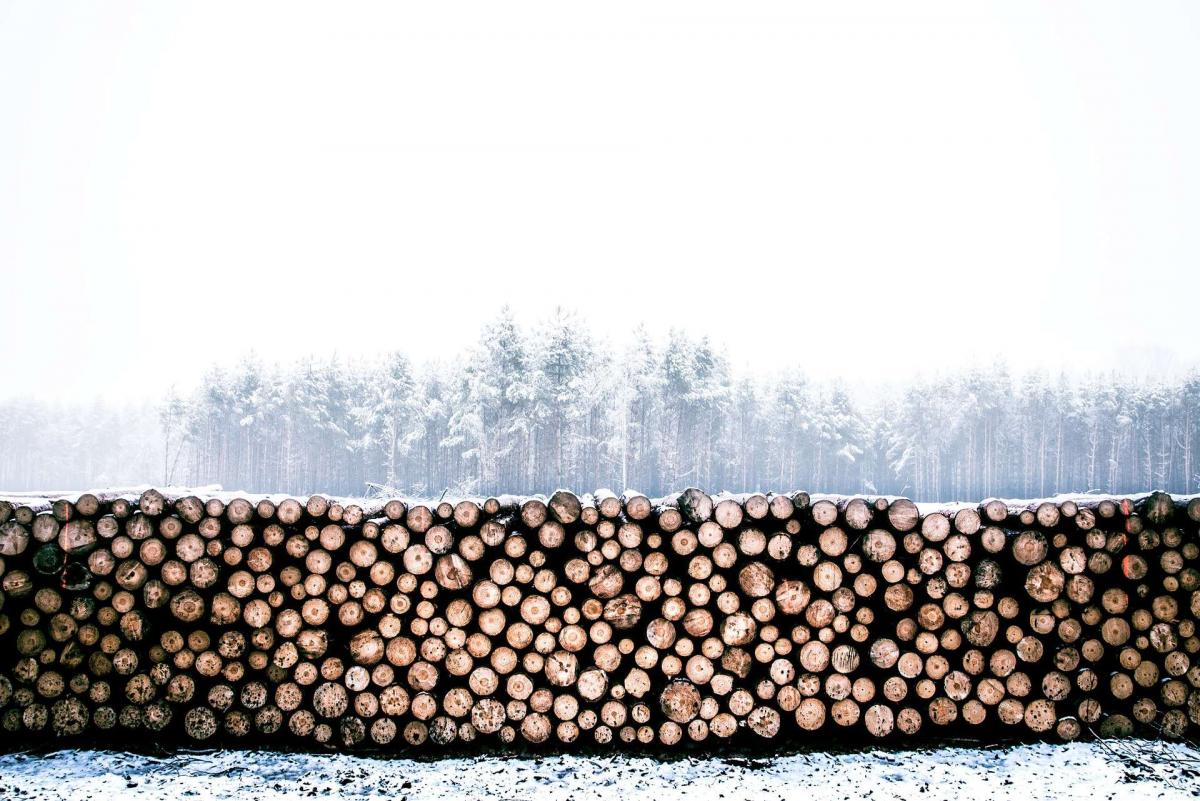This is the first in a series of three posts about timber as a real asset.
We kick off the series with a shout-out to Ramsey Talcott Meigs, of Fuqua School of Business, Duke University, who in pursuit of his MBA has produced a valuable case study of the evolution of the field over three decades.
Meigs takes his data from Forest Investment Associates, which managed a separate account in this space from 1987 to 2016. When FIA was founded, it was one of only five timberland investment management organizations (TIMOs) in existence. The other pioneers were: the Hancock Timber Resource Group, Prudential Timber, Wachovia, and Resource Investments Inc.
From Pioneers to Crowds
The field of timberland investment management was new and uncrowded in 1987. Pension fund managers were just beginning to learn of its existence. CalPERS had just held its own first discussions with timberland managers two years before, and the New Hampshire Retirement System was making its own early tentative moves.
Some bottom-line numbers: Over the whole of the period since its founding, the FIA portfolio’s gross nominal dollar-weighted return was 6.83%. The average cash yield was 7.77% and the levered Total Value to Pay-In ratio was 2.91. Another way of looking at performance: over the period of the account, the portfolio distributed $118 million, or 2.2 times more than was contributed.
Meigs finds that the FIA portfolio succeeded in certain respects that are generally associated with timberland: “low to negative correlations with financial assets, inflation hedging ability, growth attributes that were decoupled from the macro-economy, and positive alpha.”
There is at least one cloud within the silver lining. In 2000 FIA added debt to its portfolio and after that time it failed to generate levered returns above 15%. This suggests, Meigs writes, “that using debt to generate high returns from timberland investments is difficult.”
Looking Forward
Looking at the period decade by decade, Meigs hypothesizes that the account was more successfully managed in its first ten years than thereafter because of the growth of competition in this space in its middle and later period. From about 1997 forward, “the timberland marketplace heated up, discount rates fell, tells of millions of acres ere transacted, and the number of TIMOs in the U.S. increased six-fold.”
He also suggests that those looking to make alpha on timberland moving forward will have to distinguish themselves from the crowd, perhaps by focusing on conservation easements, carbon credits, or other ecosystemic services.
Looking Back
What was it that preceded the rise of TIMOs? As Meigs explains, vertically-integrated forest products firms, owning the land, cutting the trees, and bringing them to market – that was once the norm. But many such integrated forest products companies encountered troubles by the early 1990s, well within FIA’s first decade. These troubles and the activity of corporate raiders that they encouraged meant that timberlands as assets were spun off or sold off, and timberland itself came to be seen more and more as an asset class onto itself than as the raw-materials providing part of larger enterprises.
In 1996, a pension plan invested in the FIA asked it to liquidate 27% of the portfolio. By the third quarter of 1998, one decade after its founding, the FIA had complied, via land sales in Florida, Georgia, and Mississippi. As those state names indicate, the portfolio consisted largely of timberlands in the southeast United States, although by spreading “investor’s capital across multiple regions” within the southeast, the FIUA hedged “the risks associated with log markets, disease, and fire.”
Overall, the portfolio underperformed the Southeast NCREIF Timberland Index (NTI-S), perhaps because it was not weighted toward the highest-performing regions in the south.
As Meigs writes, “[K]nowing up to 30 years in advances which southern regions would perform best was impossible in 1987.”
Unanswered Question of Allocation
One fascinating question Meigs’ paper raises is the extent to which the returns of such a portfolio are due to biology. A growing tree increases in value as it increases in girth, and this is in principle distinct from land appreciation. But … that’s apparently tricky to measure. Meigs says that “the amount of cash generated from timber sales suggests that biological growth did play a key role in returning value to the investor,” but that given the early date of creation of the FIA account, it also benefitted from timberland market inefficiencies, and the relative attribution of these sources of return is left to conjecture here.




